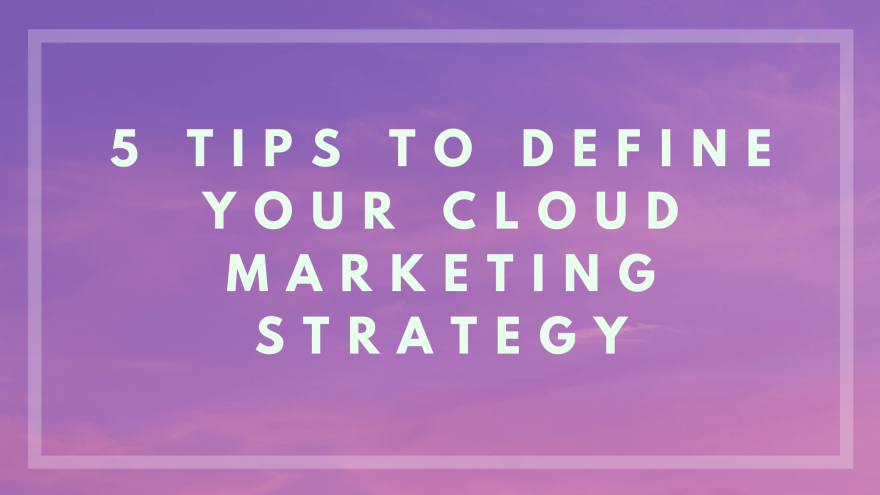If a firm wanted to shop for cloud-based apps or digital solutions in the past, it would have to contact a broker or each company that they were evaluating. The purchasing procedure was time-consuming and included sifting through mountains of marketing materials and many demonstrations. Buyers now demand a better solution that is tailored to their specific requirements, and this has resulted in the development of public cloud markets.
With cloud services becoming more popular, there is no question that a solid cloud marketing strategy is essential for companies looking to expand their customer base. It is becoming increasingly difficult to find new customers in the cloud services market these days, with even the more established IT service providers realizing the benefits of selling (or reselling) cloud services, particularly in terms of the ongoing commission streams that the latter can provide.
Developing the most appropriate state of software marketplace for your company is critical to ensuring that your technology remains successful. Purchasing from a public cloud marketplace may provide you with more control, allow you to access a broader variety of applications and services, and simplify the purchasing process, among other benefits. Today is the day to decide how a marketplace fits into your overall plan
Tips to assist you in defining your Cloud Marketing Strategy
1) Identify a market niche
The cloud computing services industry is a hive of activity. Moreover, every cloud service provider is in competition with both small independent providers and large corporations such as Microsoft, who have large marketing resources to compete with.
As a result, the most effective approach is to identify a certain niche. What precisely is it that you are providing? Are you seeking to sell a specific cloud service or an “all-in-one” solution to your customers? Whatever you do, make an effort to develop a distinguishing feature that will help you stand out from the competition.
2) Identify your target market and segment it
Without an understanding of who you are marketing to, you will be unable to perform successful cloud marketing. As a result, you must have a clear goal.
Because of the nature of cloud services, you may advertise them to anybody, anywhere, at any time. However, this does not imply that a “scattergun” marketing approach would provide positive results. You must identify your target market, either by concentrating your efforts on a specific vertical market or simply by concentrating your efforts on providing personal service to companies in your local region. You must also choose your pricing strategy.
3) Emphasize the cost savings
Cloud services are nearly typically offered on a subscription-based, “as a service” basis, which allows you to advertise a deceptively cheap “from” pricing to entice customers. Smart company customers, on the other hand, are also cognizant of the Total Cost of Ownership (TCO), so perform your arithmetic and ensure that your cloud services really do provide cost savings over “on-premise” solutions when calculated over a reasonable timeframe.
4) Decide on your first marketing strategies
One of the most important aspects of establishing your marketing plan is determining which marketing techniques you will use. You can always experiment and modify things as you go along, but you must first determine what you want to accomplish and how much money you want to spend on marketing in the beginning.
5) Prepared to deal with any objections that may arise
Not everyone believes that cloud computing is the way to go in the near future. Some individuals are still stuck in the past when it comes to their technological thinking and needs persuasion.
It seems useful to anticipate some of these arguments and prepare solid responses in advance. People nowadays are looking for reassurance that their personal information will be kept safe and secure. If you offer them these items before they ever ask for them, you will have gained an advantage over them.
Conclusion
Today’s markets provide assistance in a variety of ways, ranging from advising on particular issues to product resources. Public software marketplace is a cloud-based commerce model that allows companies to assess a variety of various alternatives for resolving a wide range of problems in a centralized location. With vendor-agnostic markets, consumers have access to a greater range of apps and solutions, and they are not restricted to the constraints of a particular platform or platform provider.
